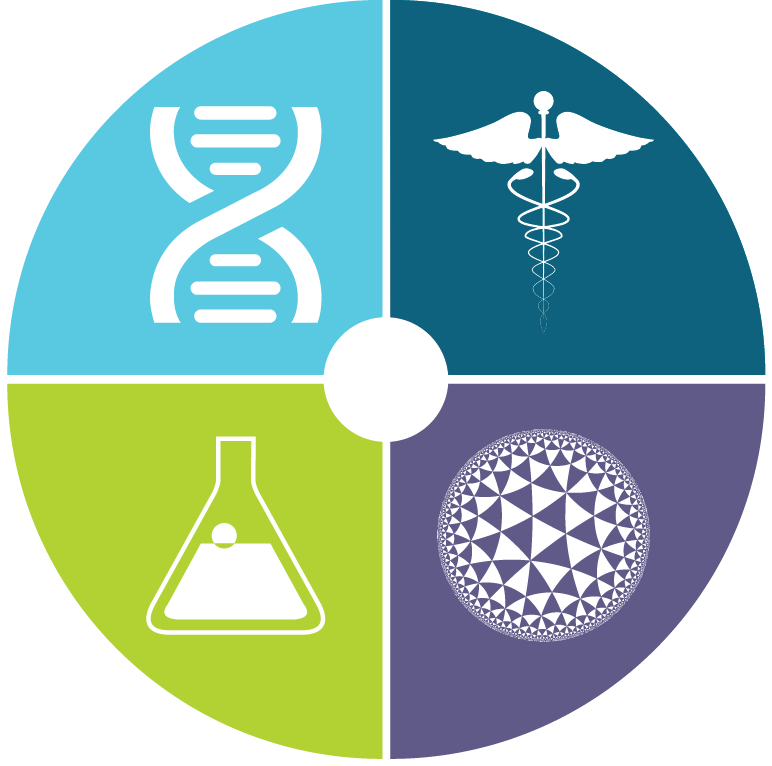Director of STEMCats, Dr. Vincent Cassone
The news from the scientific world is exciting these days, and sometimes equally disturbing! The universe surrounding our little blue world and the one within us are literally opening our eyes to the wonderful possibilities and worrisome threats to our collective future. Astronomers can look further and further into the enormous distances of our universe, a view that also peers into the vast expanses of time, our past, and the images they bring back can only be described with awe. We have been equally astonished and concerned by close calls from wayward asteroids and devastating hits from meteors in our own solar system.
In Earth science, geologists have brought us a boom in oil and natural gas production, dramatically decreasing our dependence on oil imports through the process known as “fracking”. Yet, these technologies may indeed result in problems for us, in increased earthquake activity, for example. Further, the vast consensus of climatologists agree that our climate is indeed getting warmer, a process in which we humans have clearly had a hand, and we, as well as our descendants, will have to learn to reverse this trend or deal with it.
Molecular biologists learn more and more about the inner workings of our cells and have achieved major breakthroughs in gene therapy, devising new cures for leukemia, immune dysfunction and even blindness, but new diseases emerge, and old ones, like tuberculosis, measles and Ebola, have been reawakened through mutation or neglect. Neuroscientists are learning a lot about how our brains work, and the possibilities appear to be limitless. This year, President Obama announced the Brain Research through Advancing Innovative Neurotechnologies (BRAIN), a “big science” initiative to understand the very organ we use to understand these things, but there are also challenges. The human population is getting older, and the biomedical challenges associated with age-related disease, such as cancers, and neurodegenerative diseases such as Alzheimer’s and Parkinson’s disease, are becoming more acute. We are learning much about our past as a species, too. New research on prehistoric human fossils have been able to sequence genes from the bones of extinct humans, and the data show we share more with our hominid past than we thought. Yes, it is an exciting time to be a scientist. It is an exciting time to be an engineer, and it is an exciting time to be a mathematician. It is therefore not surprising that interest in Science, Technology, Engineering and Mathematics (STEM) has skyrocketed among young Americans and citizens of the entire world. There are many careers in these STEM disciplines, and the possibilities are only growing.
Yet, it is also difficult to become a scientist or engineer or mathematician or any of the clinical disciplines that depend upon these fields, such as medicine, dentistry and pharmacy. Students may enter college with uninformed expectations of what those career options may be and/or what it takes to succeed in them. For example, many students may enter university with an expectation of admission to medical or dental school, unaware of the vast array of career options available to them, and unaware of the competition for those cherished slots. The story is similar among first year engineering students. In all of these, a firm foundation in mathematics and an understanding of statistics are fundamental for any STEM career, and basic, introductory courses in biology, chemistry and physics can be arduous for the unprepared.
For these and many other reasons, we have established the STEMCats program. This is inter-departmental and STEM-wide consortium at the University of Kentucky (UK), in collaboration with Bluegrass Community and Technical College (BCTC) to implement a cross-disciplinary, multi-strategic and residential ‘model’ STEM freshmen program to enhance student retention, diversity and success.
The STEMCats program includes:
- Three residential FastTrack courses in Mathematics, Biology and Chemistry offered preceding fall admission to improve the preparation of incoming students.
- A new multi-disciplinary and inquiry-based research course containing discussions, seminars, workshops, discovery-based wet-lab activities, and scientific- and professional- development activities will be piloted in a year-round course that meets weekly. Course meetings will be conducted by research faculty from across campus (Community of Scholars) and by invited external STEM experts from industry and academia.
- During the second semester of the freshman year (i.e. Spring Semester), groups of 10-12 STEMCats will join a research project in a laboratory of a faculty member in the Community of Scholars. The research project could be closely related to the disciplinary focus of the student-group or transcend the disciplinary boundaries. STEM faculty across UK campus and the Division of Natural Sciences at BCTC will be recruited and involved as mentors for the cohort of 250 students. The research experience will be enriched by research-related educational and professional activities including presentation of their work in an undergraduate research forum.
These and other activities will engage students and faculty alike, creating a sense of community at this great University.
We hope you join. We want you to succeed. Our own future depends upon it. Let us help you!


